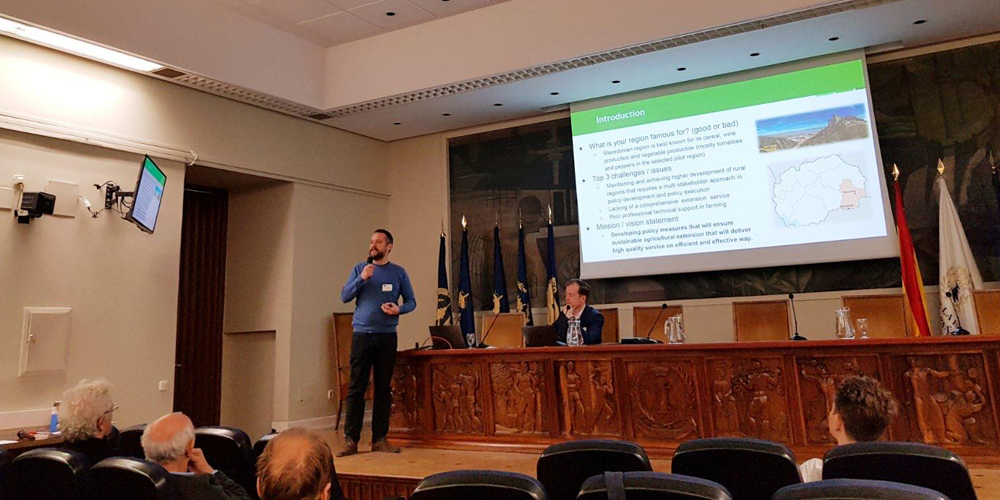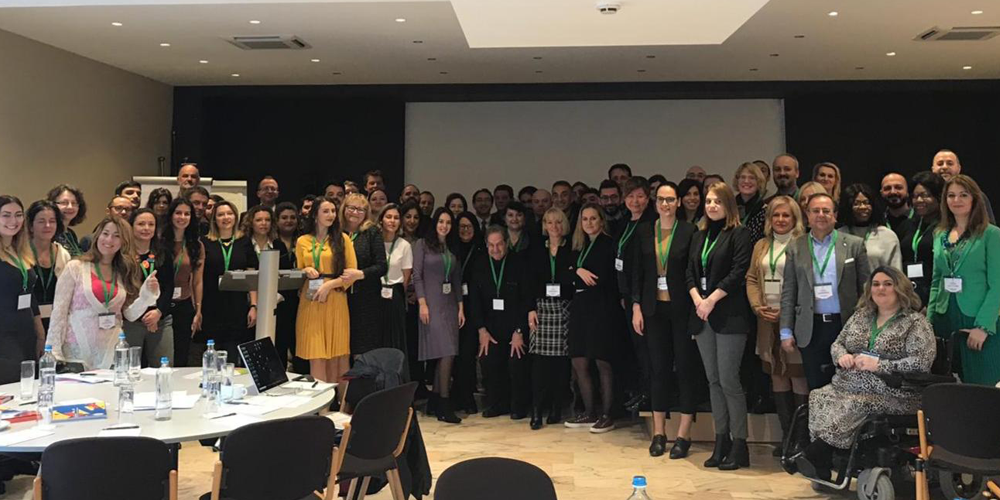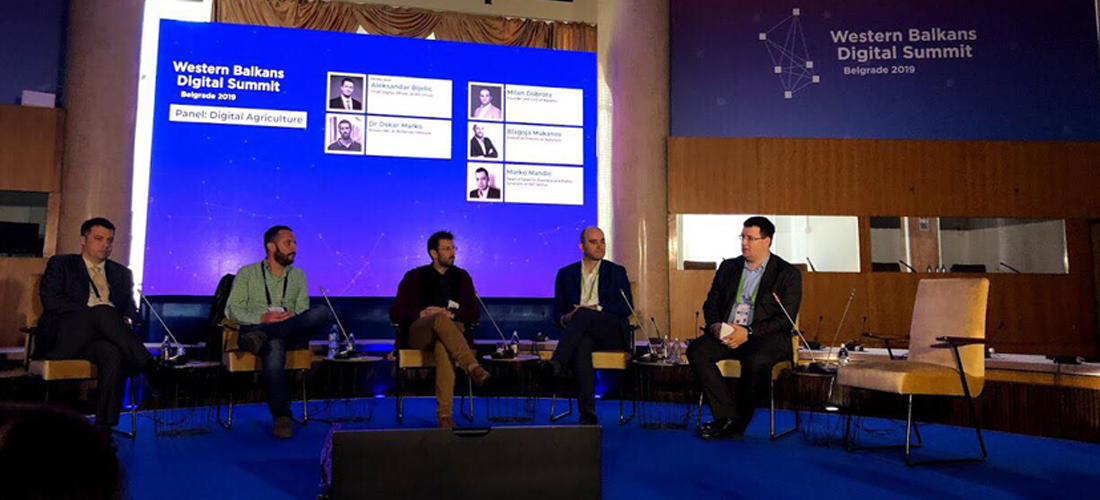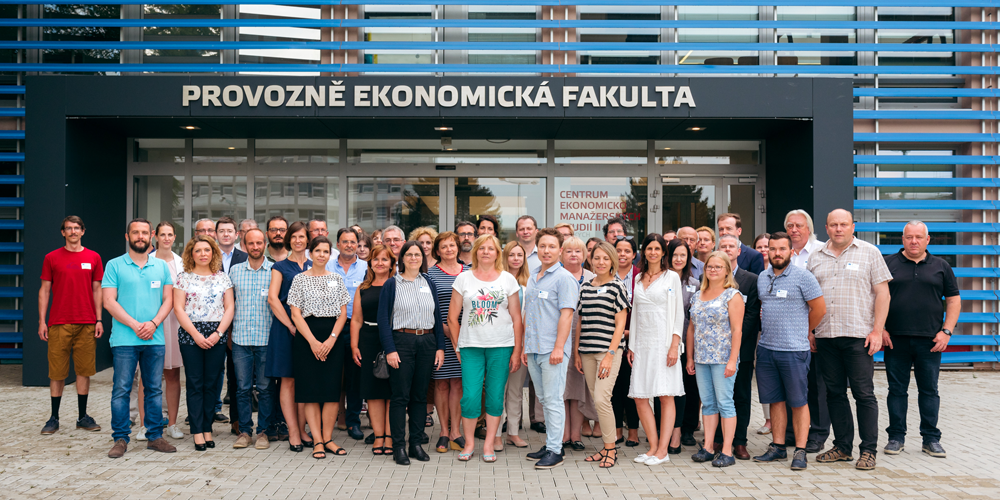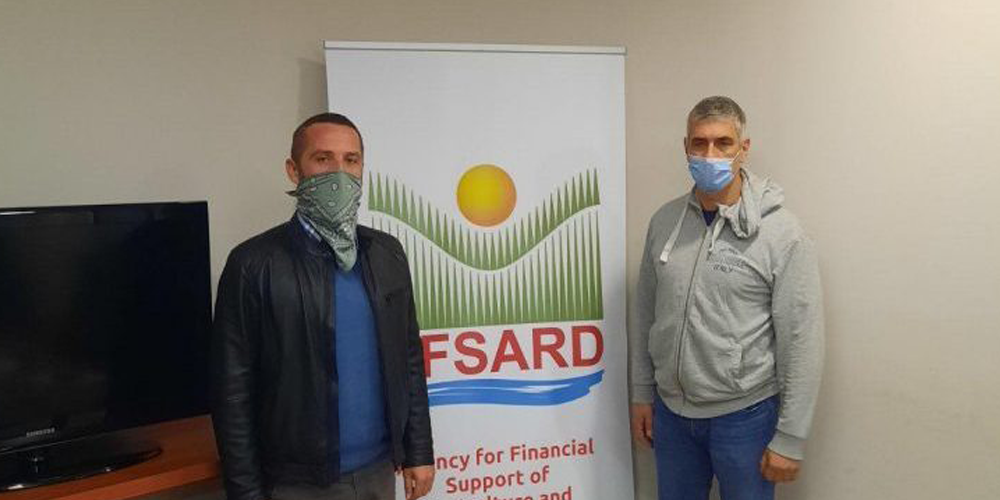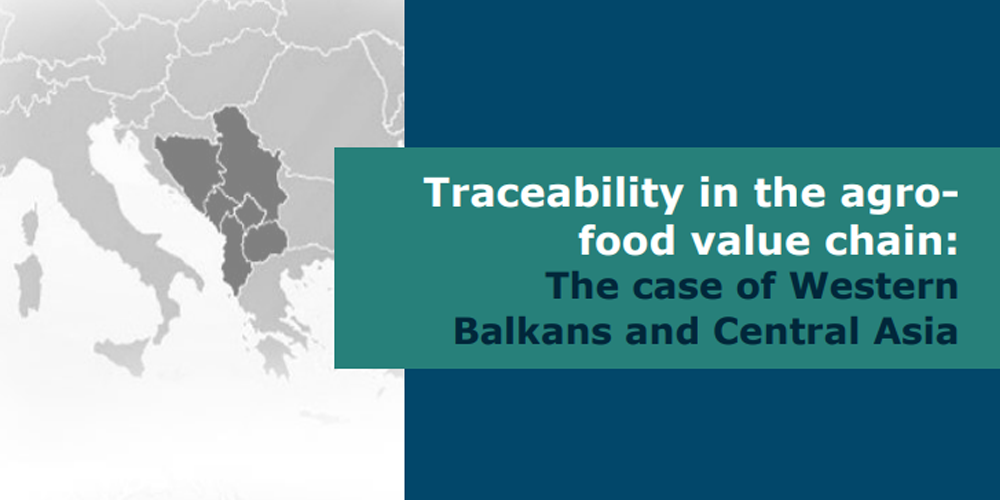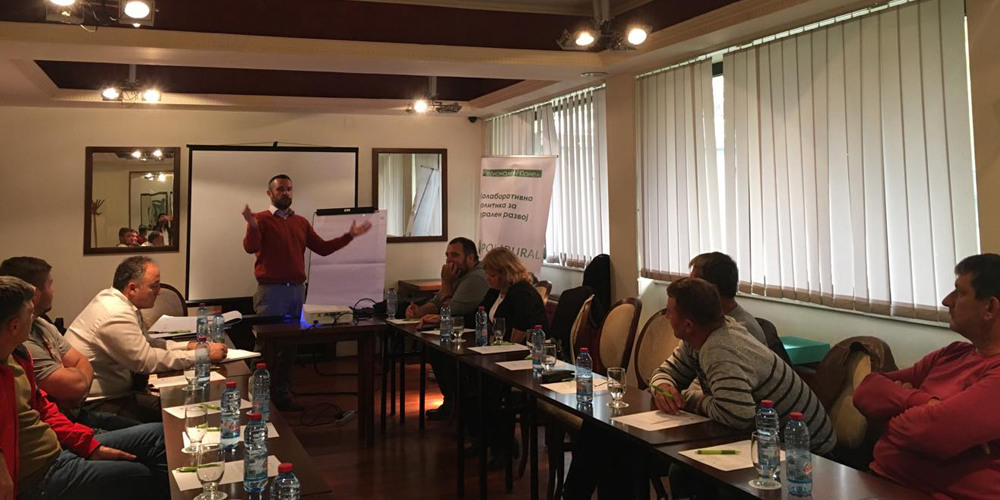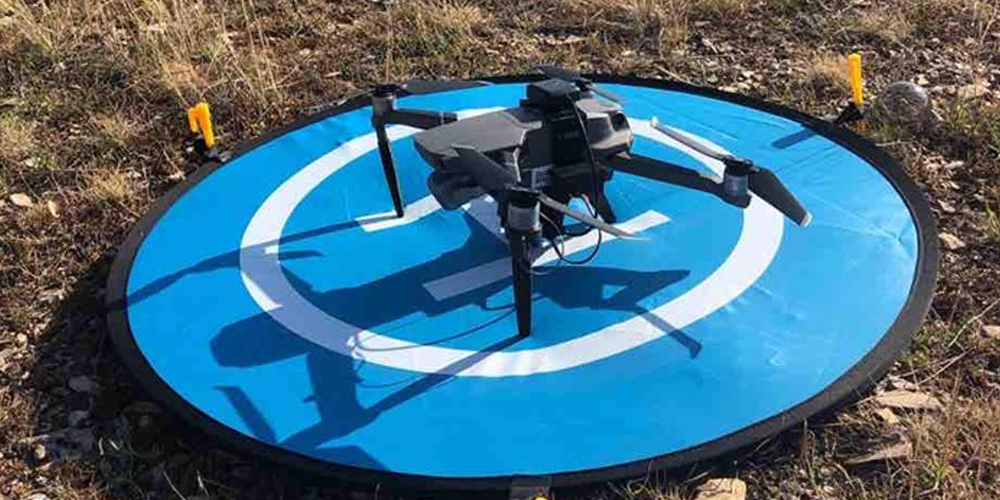The Need For Precision Agriculture In R. Macedonia – Interview Part 2
Date: 30.08.16
Written By: AgFutura

The challenges faced by orchards and livestock are a source of new markets for the companies in the ICT industry. Those companies that will develop a solution that will amortize or eliminate the problems that farmers face can achieve significant economic results.
In addition to the potential in gardening and the sub-sector of grapevine and wine production, described in the previous issue of InStore, fruits and livestock production are additional sectors that require special attention. When it comes to market capacity, this does not only concern the financial ability of the users to buy a certain solution in the field of information and communication (ICT) technologies, but also the capacity of the users to accept and implement the solution in their individual agricultural holding (company) or company. This primarily concerns farmers’ knowledge of using ICT technologies (computers, smartphones and other mobile devices), the availability of infrared devices that can be adapted to the requirements of ICT-based precision farming solutions, as well as the infrastructure for infra- technologies in the environments in which they live.
Macedonia has a solid infrastructure (Internet and 4G technology) in rural areas, which is a requirement for easy absorption of this type of solution. Additionally, the use of smartphones and other mobile devices that allow fast Internet access shows a steady increase both in urban and rural areas.
Fruit production covers 5.5 percent of the total arable agricultural area in the Republic of Macedonia. This sub-sector in agriculture shows a significant increase in the last decade. From 2007 to 2015, fruit growing has increased by 29 percent and, more significantly, this increase is continuous. The total number of holdings dealing with this agricultural crop is 32,971, which is dominated by (99%) of the PIU, compared to the share of companies. Regarding the areas, the PEC processed 87 percent of the total area under orchards, or 17,336 hectares. The dominant types of fruits grown in this subsector are apples and plums, which cover 60.2 percent, or 10.428 hectares.
These conditions in fruit growing are a result of several factors. From the aspect of production technology, these crops are much simpler in terms of gardening as well as animal husbandry. The costs of agricultural raw materials (fertilizer, pesticides, seeds), as well as labor costs, are significantly lower in relation to other more important agricultural sub-sectors. In addition, the intensity of work throughout the year is reduced to a much shorter period of time than is required to invest in other cultures. In conditions of unstable agricultural markets and a continuous increase in the price of agricultural stocks, this is one of the leading factors for the growth of this agricultural subsector. From ICT technology point of view and the concept of precise agriculture, the fruit sector is important because there is a great deal of space for improving the productivity and competitiveness that can be exploited with this type of technology. Namely, this subsector in Macedonia shows an overuse of plant protection products, which, according to UNDP surveys, exceeds the allowed limits several times.
Additionally, this region records extremely high amounts of nitrogen in the soil due to the use of inadequate methods of feeding these crops. In addition, due to insufficient use of modern irrigation technologies, the available quantities of water are endangered to a significant extent. This situation negatively affects the economy of the farms, and more importantly, on the health of people and animals. In the constellation of such factors, farmers are faced with a serious challenge as to improve the economy of their agricultural holding, especially taking into account the fact that European regulations in this sphere are to a large extent conservative.
These challenges in fruit growing are a market for ICT companies. Those solutions that will allow for the reduction of plant protection costs, the costs of feeding and reduce the amount of used water will be largely accepted by farmers. The attractiveness of these solutions is increasing if the EU environmental standards are incorporated into them, and the adaptability of the solutions to the mentality and the level of general and technical education of the end users will be influenced.
Livestock farming as an agricultural subsector is another branch in agriculture that on average shows stability. This sub-sector consists of three main activities, which is breeding cattle, sheep and pigs.
The cattle breeding sector is slowly returning to the level of 2011, when the number of heads was 265,299, and now it is 253,442 heads. That there is an interest in investing in this branch, shows that despite the milk crisis in 2008, this sector shows some stability. The pig breeding sector returns to the level of 2011 (196,570) of 195,443 heads of pigs that it has now. Sheep breeding shows greater instability which is not endangering. This subsector in livestock breeding has declined by 4% compared to 2011 with a current figure of 733,510 sheep. Past data show that this subsector has much more potential, given that some 2 million sheep have ever grown.
As in other agricultural sub-sectors and in animal husbandry, there are certain challenges that represent significant market potential for companies that invest in modern technologies in agriculture, including ICT technologies. In each of these sectors, the local availability of fodder and its price are part of the problems that have arisen over the last two decades.
The high price of fodder, which stems from the still low productivity per hectare, significantly influences the profitability of livestock breeding. A positive signal is the specialized programs for financial support of irrigation systems (drop by drop) for this type of crop, whose application shows an increase in productivity by 100 percent. Additional challenges in the field of livestock breeding, in particular sheep breeding, is the lack of people to oversee large herds (shepherds), as well as transporting sheep milk from hard-to-reach tin and lean row to the site of processing. Additionally, for all three subdivisions in animal husbandry, the control of animal diseases and the cost of veterinary services are significant challenges that can continuously be observed over a longer period of time.
As in the case of fruits and livestock, precisely the challenges are a source of new markets for the companies in the ICT industry. Those companies that will develop a solution that will amortize or eliminate these problems that farmers face can achieve significant economic results.
Author: Blagoja Mukanov, Executive Director of AgFutura Technologies

